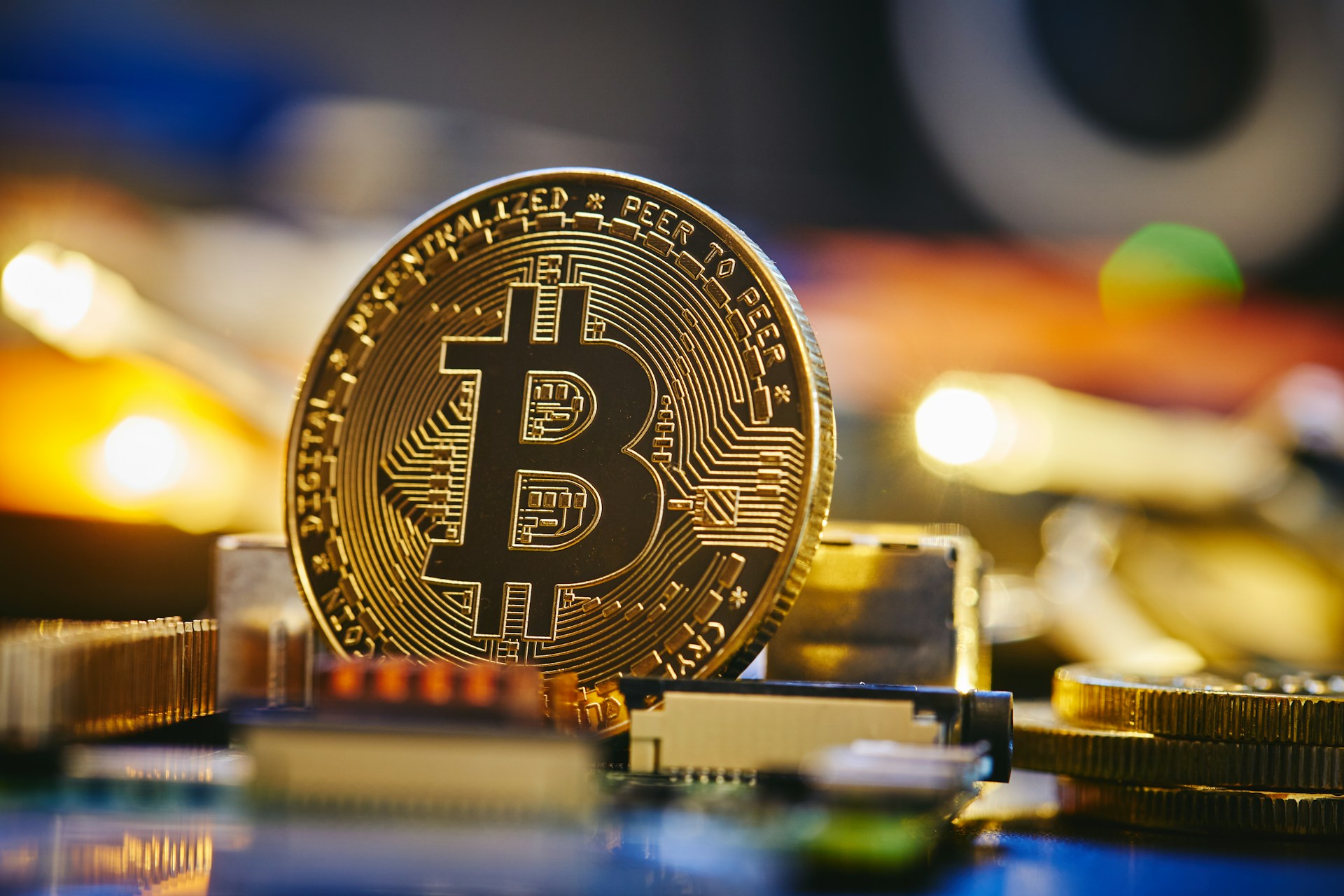Meta title;
What Happens During a Bitcoin Halving and How Does It Impact the Cryptocurrency Market?
Meta Description;
Curious about Bitcoin halving and its effects on Bitcoin’s value and mining? Discover what this crucial event means for miners and investors, and how it shapes the future of cryptocurrency.
In the world of Bitcoin, there’s a significant event that occurs approximately every four years, known as the Bitcoin halving. This event has a profound impact on the entire Bitcoin ecosystem, but what exactly does it mean, and why is it important? It is time to dive in and explore this fascinating aspect of Bitcoin.
What Exactly is Bitcoin Halving?
Imagine you’re a gold miner, and every four years, the amount of gold you get for the same amount of work is cut in half. That’s essentially what happens in Bitcoin mining. In technical terms, the event known as ‘Bitcoin halving‘ is where the reward for mining new blocks is halved, meaning miners receive 50% less Bitcoin for verifying transactions. This halving process is a fundamental part of Bitcoin’s code, and it happens every 210,000 blocks, or roughly every four years.
Why Does Bitcoin Halving Happen?
To understand the rationale behind Bitcoin halving, we need to step back and look at the vision of Bitcoin’s creator, Satoshi Nakamoto. Nakamoto, who remains an enigmatic figure, introduced the idea of a digital currency that was scarce, much like gold. This scarcity is a critical factor that can drive up value. Just as there’s a limited number of masterpieces by Picasso or a finite amount of gold on Earth, Bitcoin was designed to be limited. There will only ever be 21 million Bitcoins in existence.
This concept is in stark contrast to how traditional fiat currencies, like the British Pound or the US Dollar, operate. Historically, these currencies were backed by physical commodities like gold (known as the gold standard), but over time, they’ve moved away from this system. Today, governments can print more money as they see fit, which can lead to inflation. Nakamoto’s Bitcoin, with its fixed supply and halving mechanism, avoids this pitfall.
The Impact of Bitcoin Halving
Now, time to talk about the impact of these halvings. Initially, when Bitcoin was created in 2009, miners (the people who use their computing power to process transactions and secure the network) were rewarded with 50 Bitcoins per block. This reward has since undergone several halvings:
- 2012: The reward dropped to 25 Bitcoins.
- 2016: It further reduced to 12.5 Bitcoins.
- 2020: The reward became 6.25 Bitcoins.
- 2024: The next halving is expected to reduce the reward to 3.125 Bitcoins.
This process will continue until around the year 2140, when all 21 million Bitcoins will have been mined.
Why is Halving Important?
You might wonder, why does this matter? Well, Bitcoin halving plays a crucial role in its economy. By reducing the rate at which new Bitcoins are created, the halving event slows down the inflation rate of Bitcoin. It’s a bit like putting a brake on the printing press for a digital currency. This scarcity can potentially increase the value of Bitcoin, as fewer new coins enter the market.
The Challenges for Miners
The halving is a double-edged sword for Bitcoin miners. On the one hand, it makes each Bitcoin more valuable. On the other, it reduces their earnings in Bitcoin terms. This dynamic creates an interesting scenario. Miners need to constantly upgrade their equipment to stay efficient and profitable, especially as their rewards decrease over time. After the final Bitcoin is mined, the incentive will shift entirely to transaction fees.
Environmental Concerns and Future of Bitcoin Mining
There’s a growing debate around the environmental impact of Bitcoin mining, largely due to its reliance on energy-intensive proof-of-work mechanisms. In contrast, other cryptocurrencies like Ethereum are moving towards proof-of-stake systems, which are far less energy-intensive. While there’s speculation that Bitcoin might follow suit, such a shift would require a fundamental change in how Bitcoin operates and is currently seen as unlikely.
The Price Factor
There’s a lively debate in the crypto world about whether Bitcoin halving events actually influence the coin’s value, or if the effects are already factored into the market price.
How Does Supply and Demand Play a Role?
In basic economics, if something becomes rarer (like Bitcoin due to halving), it should, in theory, become more valuable as people compete to get their hands on it. This is the essence of supply and demand. There’s a model called the stock-to-flow ratio that tries to make sense of this by looking at how much Bitcoin is currently available versus how much is being added to circulation. Every time a halving occurs, this ratio changes because fewer new Bitcoins are being created. However, it’s not as straightforward as it sounds, and some experts question the assumptions behind this model.
Looking back, it seems that Bitcoin’s price tends to go up after a halving, but it’s not an instant effect, and other factors also come into play.
Take the 2016 halving, for example. Before the event, Bitcoin was valued at around $660. After the halving, it didn’t immediately skyrocket; it sort of wobbled around for a bit, even dropping to about $533 in August. But then, towards the end of that year, it surged to over $20,000 – a massive jump!
Fast forward to 2020, and you see a similar pattern. Post-halving, Bitcoin’s price rose from just over $9,000 to more than $27,000 by year-end. But, intriguingly, for the first couple of months following the halving, it struggled to break the $10,000 mark. It’s important to remember that other factors were at play here too, such as big companies like MicroStrategy investing in Bitcoin and PayPal allowing its users to buy and hold the cryptocurrency.
In Conclusion
Bitcoin halving is a critical aspect of the cryptocurrency’s design, ensuring a controlled and limited supply, much like precious metals. This mechanism sets Bitcoin apart from traditional fiat currencies and helps maintain its value over the long term. For investors and enthusiasts, understanding the halving process is key to comprehending the broader economic and technological landscape of Bitcoin.
As everyone looks towards the future, the halving will continue to be a topic of discussion and analysis, shedding light on the fascinating intersection of technology, economics, and human behavior that Bitcoin represents. Whether you’re a miner, investor, or just someone curious about the world of cryptocurrency, the Bitcoin halving is an event worth keeping an eye on.








